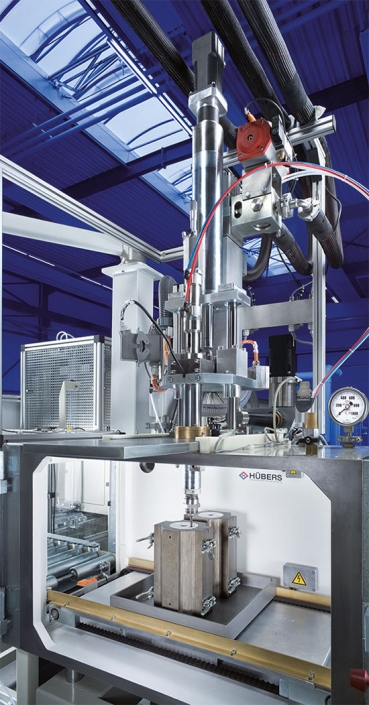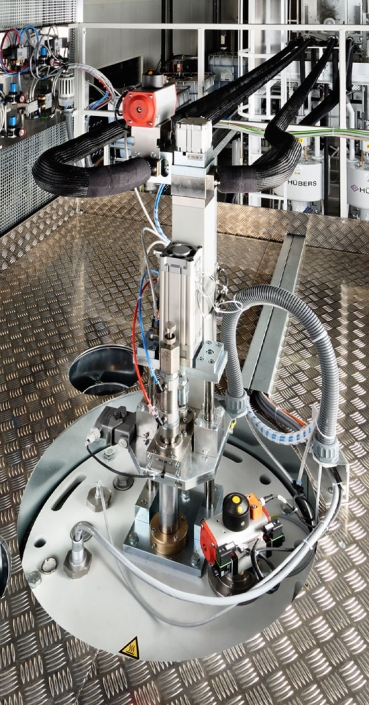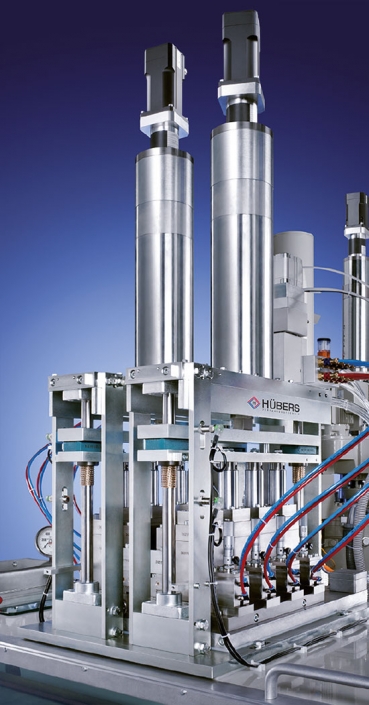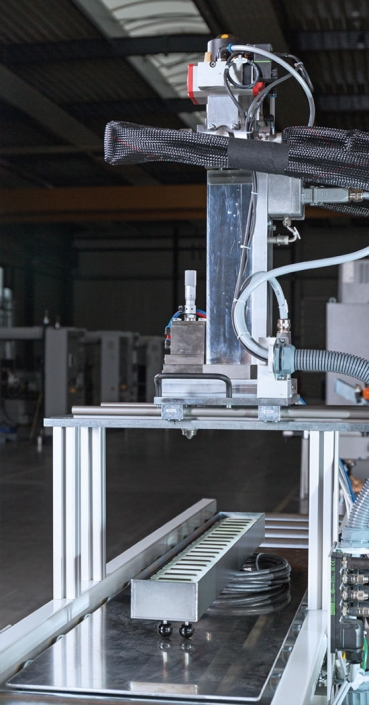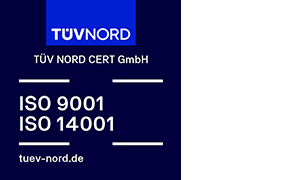In casting, the casting compound is poured under vacuum, atmosphere or stepwise in a sequence of both by means of a mixing and dosing head directly into a workpiece or into a mostly open mold. The material then gels and then hardens, usually under temperature.
Mixing and dosing heads can also be designed as multiple heads, allowing the simultaneous casting of several components. In these multiple mixing and dosing heads, each casting valve is preceded by an electronically driven plunger, which ensures that the exact casting quantity for each component is delivered.


